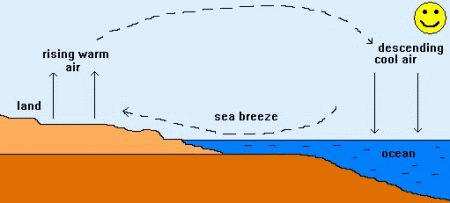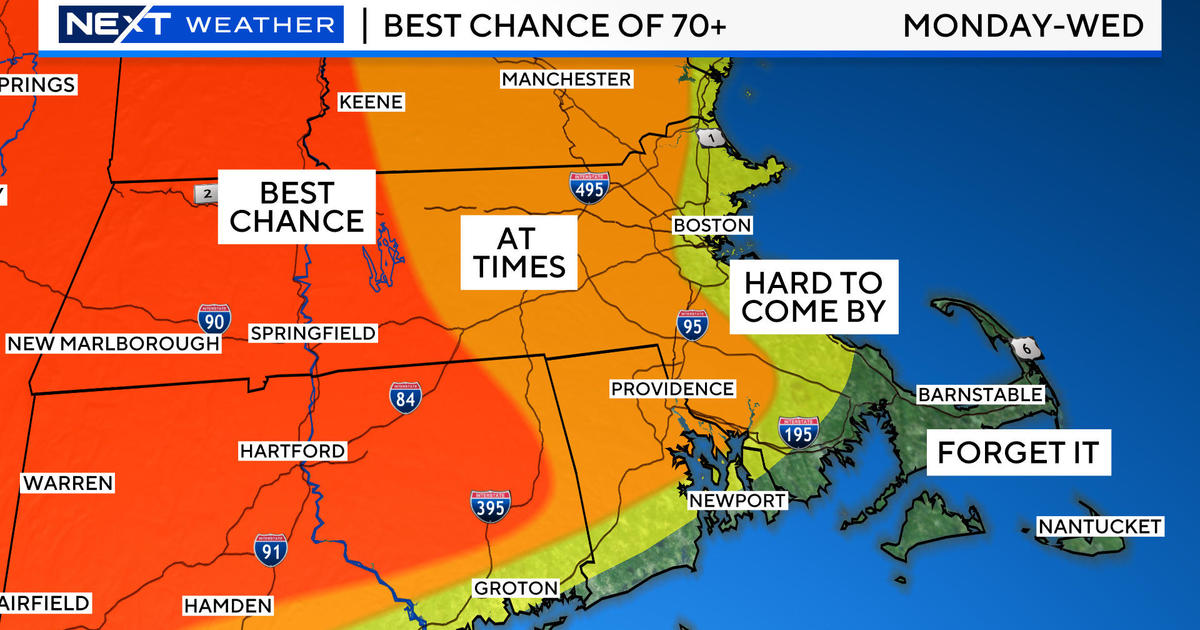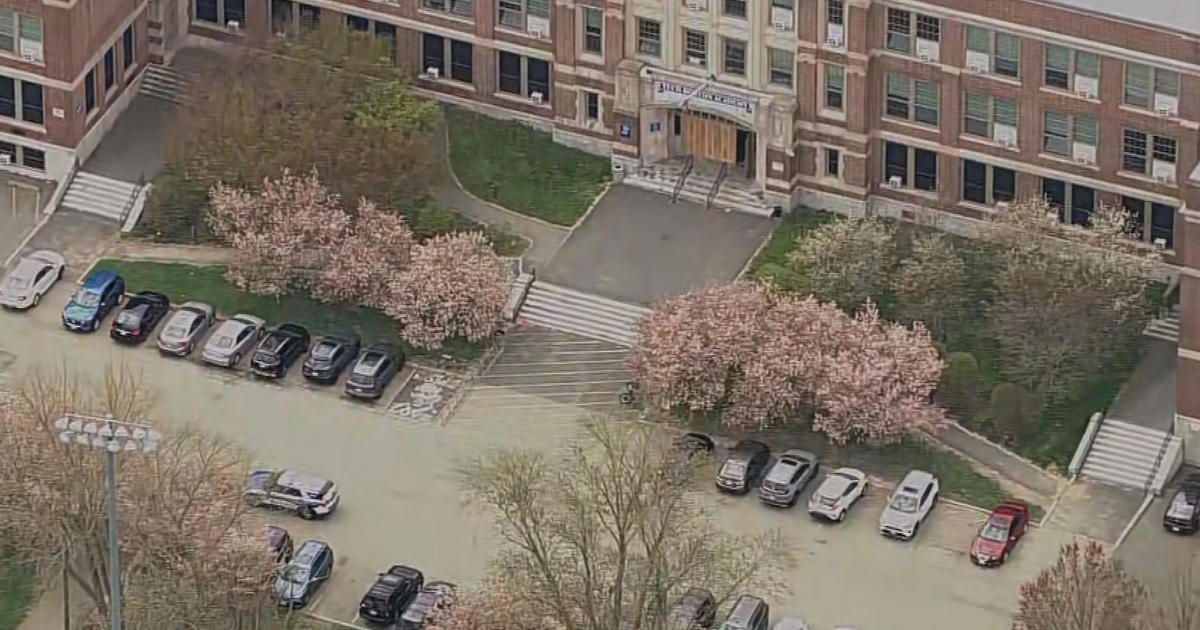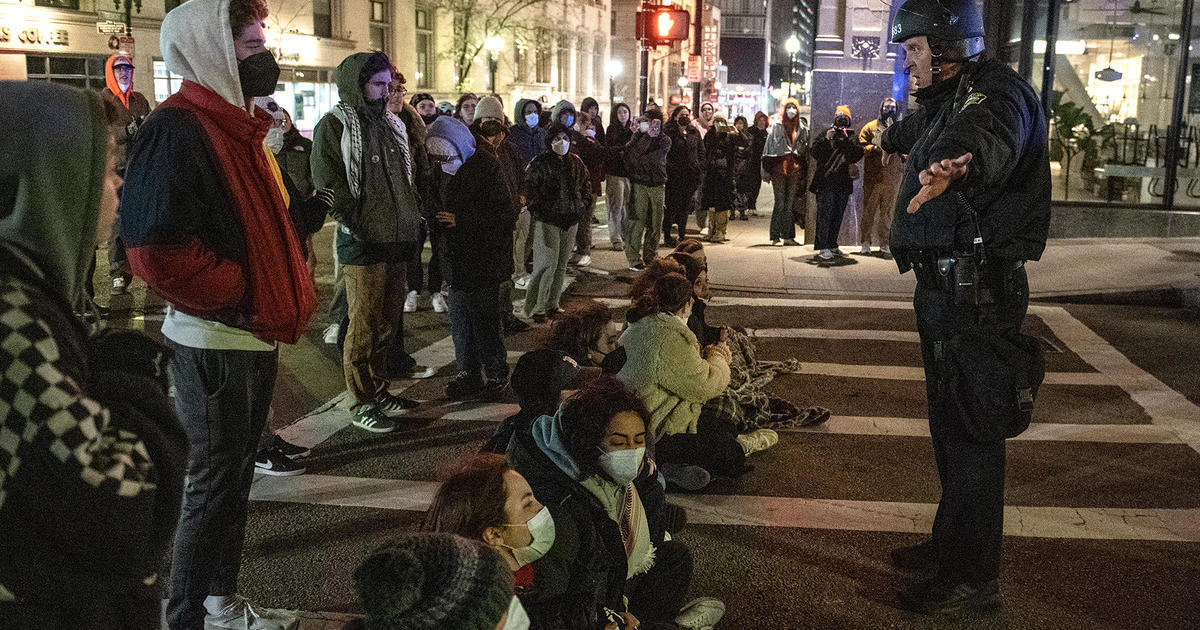Ask Eric: What Exactly Does 'Cooler At The Coast' Mean?
When you say "cooler on the coast" how far inland does it go. I live in Peabody, MA so would I get that cooler temp?
- Nancy
Good question Nancy! This is a phrase we put on maps all the time, but leaves some people wondering the same thing. To break it down, I suppose it comes down to the difference between a 'sea breeze' and a general 'onshore flow.'
I think that most commonly, when we say 'cooler at the coast,' we're talking about the sea breeze setup. If you've lived by the shore for a long time, you've probably already figured out what types of days lead to this phenomenon. During the morning hours, the temperature difference between the land we live on and the water is very low. That leads to a small thermal gradient, and therefore a small thermal wind component. But as the day wears on, the land heats much more rapidly than the water. This causes air to rise over land, and produces a low pressure cell over the areas just inland. Air always flows from high pressure to low pressure, and so a high pressure area forms over the water in response. Take a look at the diagram below.
This almost always will only happen when wind in general is light. That allows the sea breeze to be pure, and not overtaken by synoptic-pattern driven winds (as in the kind from larger scale weather systems). And so a day that starts out nice and warm along the shore will cool down as the chilly ocean air moves inland...and the cycle continues until daytime heating stops.
In this setup, you can expect the effect to only be within a couple miles of the ocean. In the other setup, a general onshore flow, you can expect the cooler air and marine layer to penetrate much farther inland. But if we put 'cooler at the coast' on a map, we're almost always talking about a sea breeze instead!




